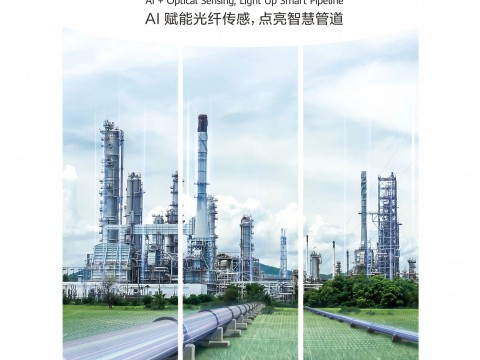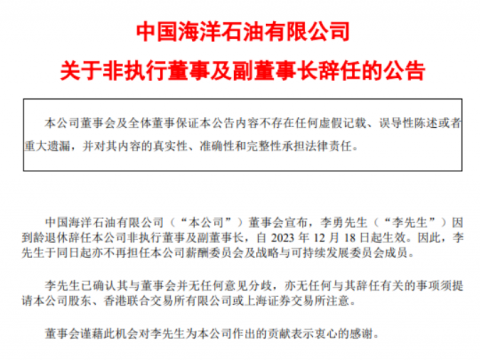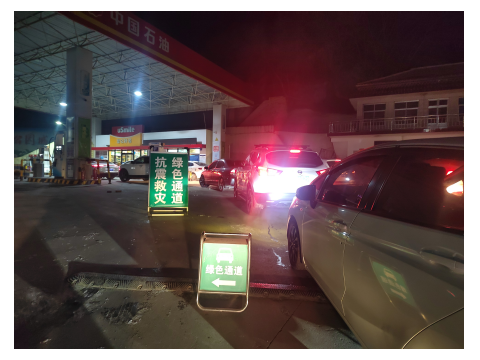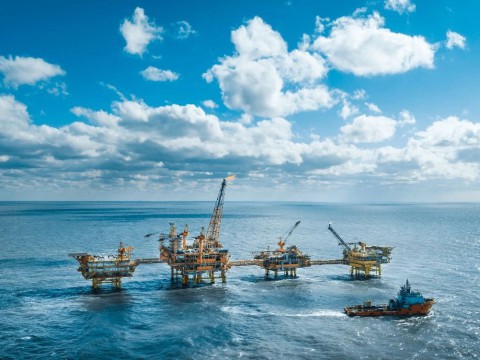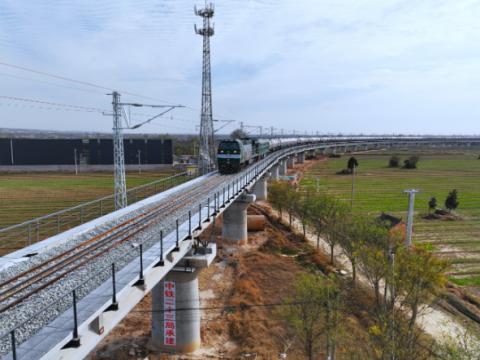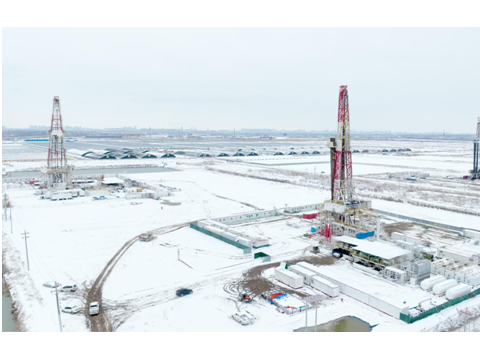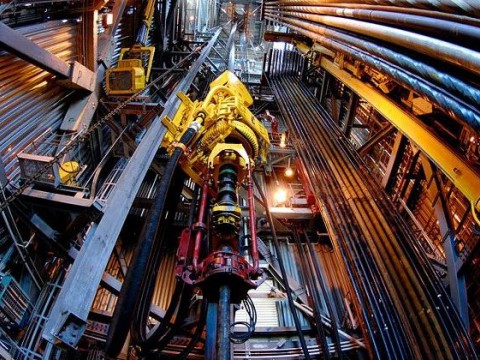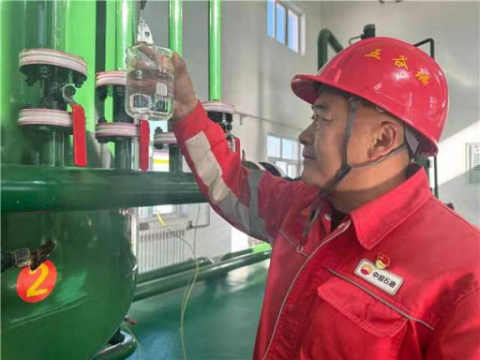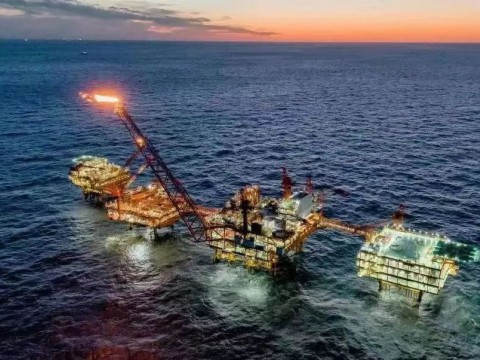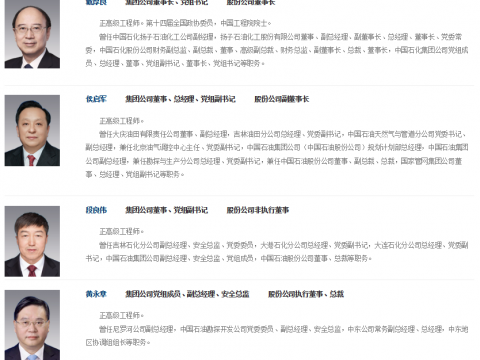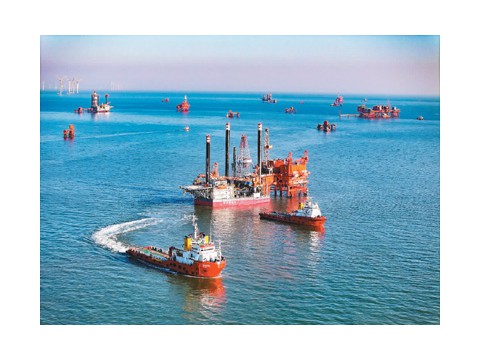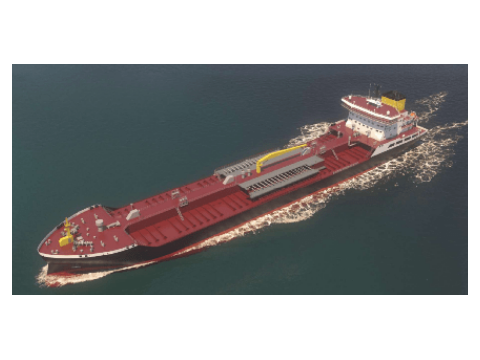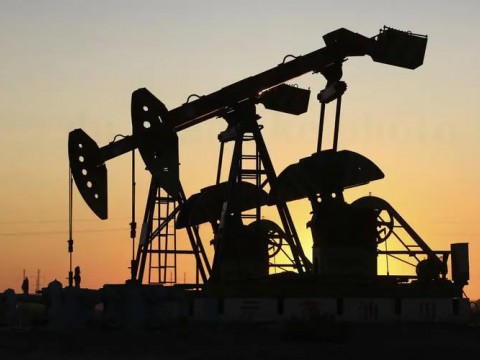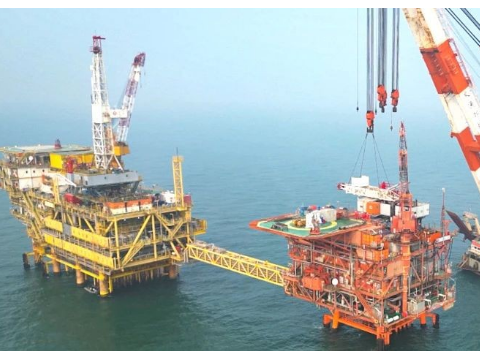据阿拉伯贸易网2022年9月26日巴黎报道,国际能源署(IEA)及其几个合作伙伴日前推出了一种新工具,用于跟踪全球能源项目的融资成本,目的是识别和应对阻碍向新兴和发展中经济体提供重要投资的风险。
资金成本观测网是由IEA与世界经济论坛、苏黎世联邦理工学院和伦敦帝国理工学院共同开发的。它将在IEA的网站上发布,并定期用新数据更新、分析和特征。 IEA网站还将提供一个互动的“资金成本仪表盘”,以挖掘选定国家的数据。
尽管拥有全球三分之二的人口,但新兴和发展中经济体在全球清洁能源投资中所占比例不到五分之一。 一个关键的障碍是高资金成本,反映了在这些经济体投资的一些实际和感知风险。 降低资金成本是吸引资金,特别是私人资金的一个关键杠杆,政策制定者利用这一信息来确保以公平的方式获得投资报酬,特别是在涉及到需要任何形式的政府支持的部门或项目时。
然而,资金成本缺乏透明度,这加大了投资者为风险定价和政策制定者采取行动的难度。 新的资金成本观测网的成立就是为了填补这一空白。
IEA署长法提赫·比罗尔说:“资金成本高是投资者的一个障碍,我们的资金成本观测网提供的数据对于了解如何拆除这个障碍至关重要。”“这将允许更多的资金流向清洁能源,这是解决当前能源危机和实现可持续发展目标的迫切需要。”
降低资金成本将对能源转型的总体成本产生巨大影响。 根据IEA的最新估计,如果融资成本降低2个百分点,到2050年,新兴和发展中经济体实现净零排放所需的投资将累计减少16万亿美元。
IEA估计,今年全球清洁能源投资将增长10%以上,达到1.4万亿美元,但这几乎完全归功于发达经济体。与此同时,尽管出现了一些亮点,但新兴和发展中经济体的清洁能源支出仍保持在2015年的水平。 许多国家发现自己陷入一个陷阱,不发达的金融市场阻碍投资,缺乏项目妨碍建立可靠的定价基准。
根据对不同国家投资者和专家的调查,IEA的分析显示,去年,主要新兴经济体建设一个公用事业规模的太阳能光伏工厂的资金成本是发达经济体和中国的2至3倍。 其结果是,融资成本约占太阳能光伏工厂总水平成本的一半,明显高于发达经济体25%。
李峻 编译自 阿拉伯贸易网
原文如下:
IEA launches new tool to track energy financing costs
The International Energy Agency (IEA) and several partners have launched a new tool to track financing costs for energy projects around the world with the aim of identifying and addressing risks that have impeded vital investment flows to emerging and developing economies.
The Cost of Capital Observatory was developed by the IEA together with the World Economic Forum, ETH Zurich and Imperial College London. It will be hosted on the IEA’s website and regularly updated with new data, analysis and features. The IEA website will also host an interactive Cost of Capital Dashboard to dig into data for selected countries.
Despite having two-thirds of the global population, emerging and developing economies, account for less than one-fifth of global investment in clean energy. One of the key barriers is a high cost of capital, reflecting some real and perceived risks about investment in these economies. Bringing down the cost of capital is a critical lever to attract funds, especially private capital, and policy makers use this information to ensure that investments are remunerated in a fair manner, especially when it comes to sectors or projects that need any kind of government support.
However, there is a lack of transparency about the cost of capital, making it harder for investors to price risk and for policy makers to act. The new Observatory has been established to fill this gap.
“A high cost of capital is a roadblock for investors, and the data provided by our Observatory is essential to understand how this roadblock can be dismantled,’’ said IEA Executive Director Fatih Birol. “This will allow more capital to flow to clean energy, where it is urgently needed to tackle today’s energy crisis and reach sustainable development goals.”
Bringing down the cost of capital would make a huge difference to the overall costs of energy transitions. According to new IEA estimates, reducing financing costs by 2 percentage points would bring down the investment needed to reach net zero emissions in emerging and developing economies by a cumulative $16 trillion over the period to 2050.
The IEA estimates that global clean energy investment will increase by more than 10% in 2022 to reach a total of $1.4 trillion, but this is due almost entirely to advanced economies and China. Meanwhile, despite some bright spots, clean energy spending in emerging and developing economies remains at 2015 levels. Many countries find themselves in a trap, with underdeveloped financial markets deterring investment, and a lack of projects preventing the establishment of reliable pricing benchmarks.
IEA analysis, based on surveys of investors and experts in different countries, has shown that the cost of capital for a utility-scale solar PV plant in 2021 was between two and three times higher in key emerging economies than in advanced economies. As a result, financing costs accounted for around half of total levelized costs of a solar PV plant, notably higher than the 25% seen in advanced economies.
免责声明:本网转载自其它媒体的文章,目的在于弘扬科技创新精神,传递更多科技创新信息,宣传国家科技政策,展示国家科技形象,增强国家科技软实力,参与国际科技舆论竞争,提高国际科技话语权,并不代表本网赞同其观点和对其真实性负责,在此我们谨向原作者和原媒体致以崇高敬意。如果您认为本网文章及图片侵犯了您的版权,请与我们联系,我们将第一时间删除。







